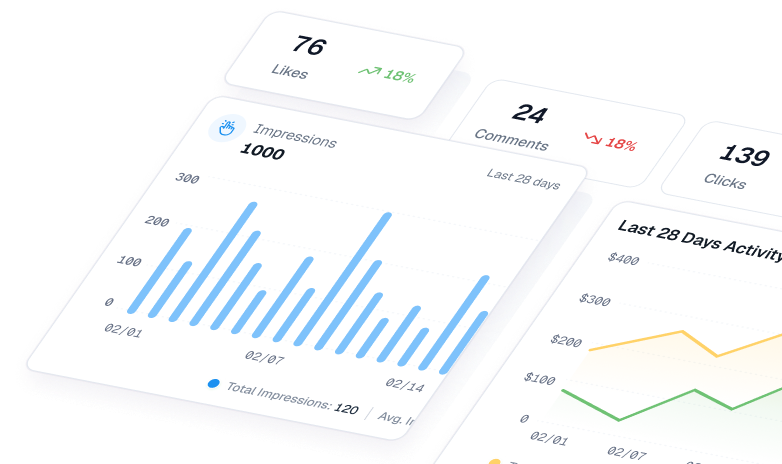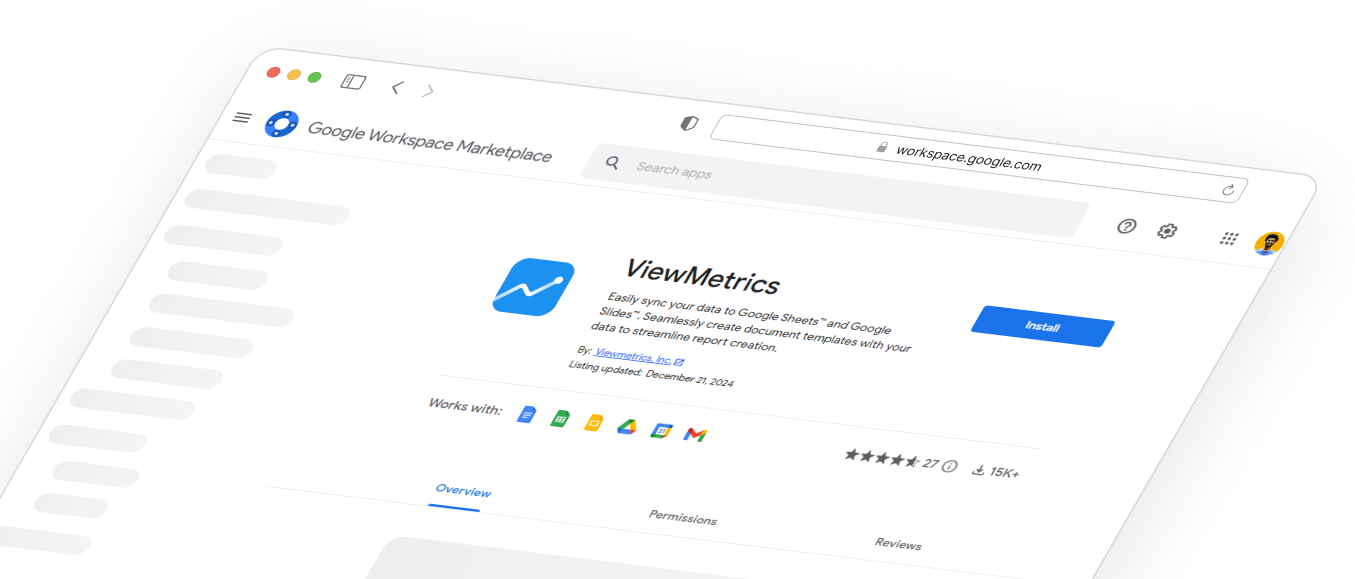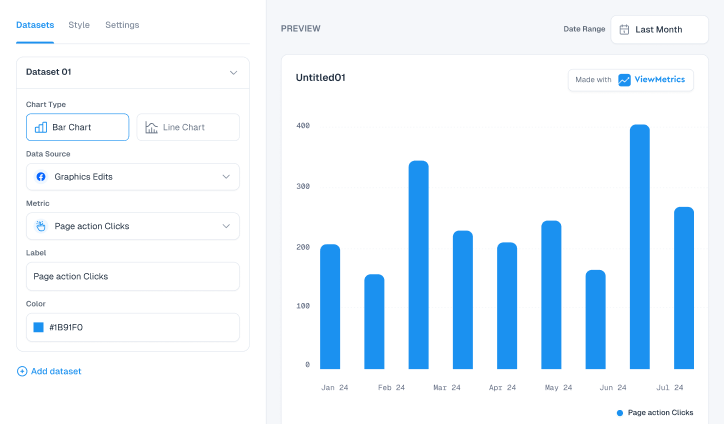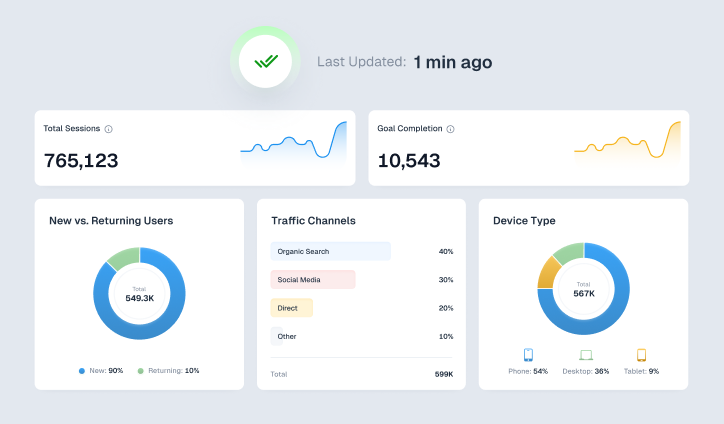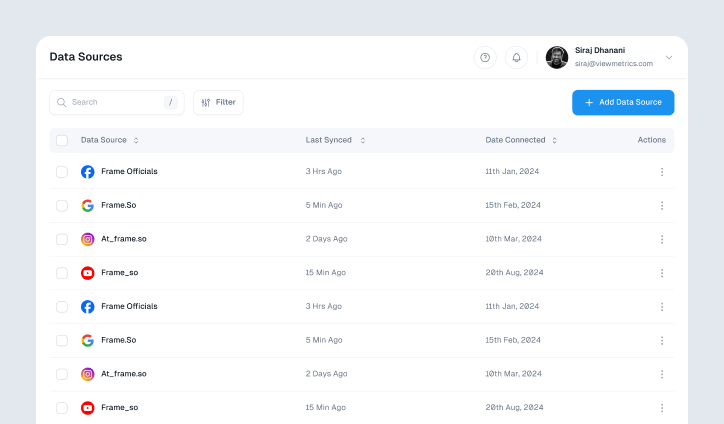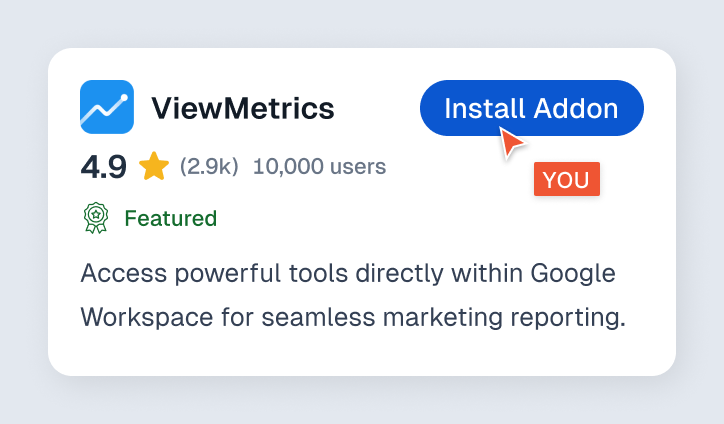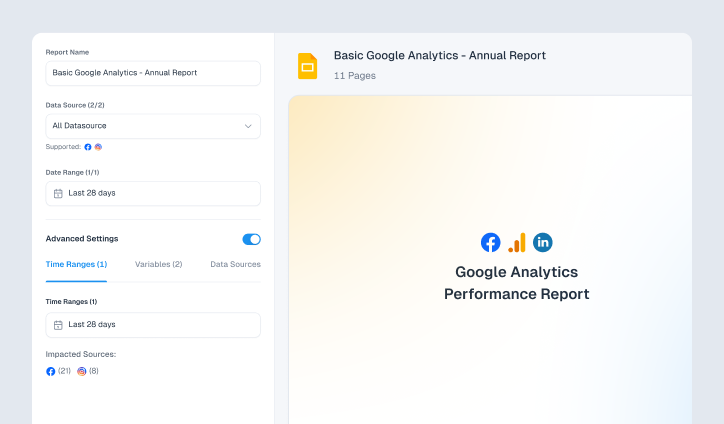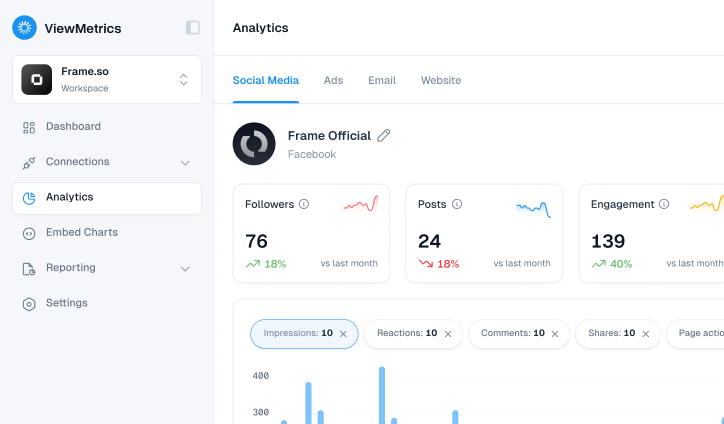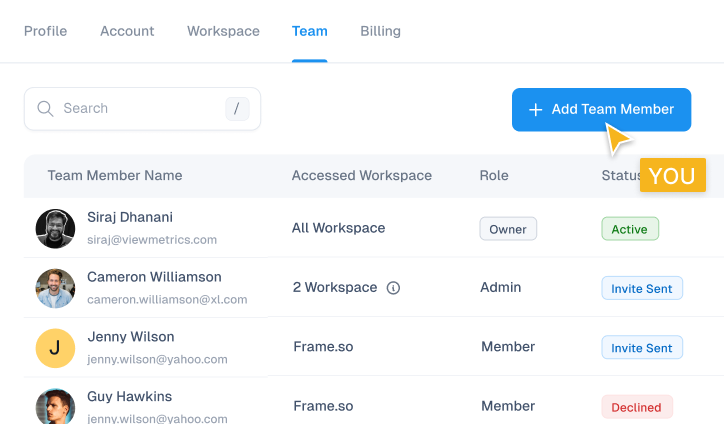Summary for the Blog
- Customer Journey Analytics is the process of tracking and analyzing customer interactions to understand their path, from initial awareness to becoming a loyal advocate.
- The goal is to provide a seamless and personalized experience, which helps improve customer satisfaction and conversion rates.
- The process involves mapping the customer journey, identifying key touchpoints, collecting data, and using analytics to find opportunities for improvement.
- The blog gives an example of how to use this process to solve a specific business problem, like identifying why customers are browsing but not buying.
The customer journey is the path people take when interacting with your brand, from the moment they first hear about it to when they become loyal supporters. Understanding this journey helps businesses see how customers engage with their brand at different stages, making it easier to improve their overall experience.
Customer journey mapping is all about laying out that path so businesses can see each step customers take, helping them understand what works, what doesn’t, and where improvements can be made.
The journey usually has several stages. It starts with awareness when customers first discover your brand. Next is a consideration, where they start comparing options to figure out if your product is the right fit. Then comes the decision stage, when they choose to make a purchase. After that, businesses focus on retention, working to keep customers satisfied and engaged.
Finally, there’s advocacy, when happy customers tell others about their experience, bringing in new potential buyers. In this article, we are going to cover everything you need to know about customer journey analytics. Without waiting further, let’s get started.
What Is Customer Journey Analytics?
Customer journey analytics is all about tracking and analyzing data to understand how your customers or potential customers move through their experience with your business. It looks at how they interact, engage, and eventually make a purchase.
This process usually starts with creating a customer journey map, which is a visual guide that shows all the steps a customer takes when dealing with your business. Afterward, data is gathered to see how customers act at different stages of their journey.
This helps you figure out what parts of the journey are working well, and where there might be obstacles stopping customers from completing their purchase. It’s a great way to understand what’s influencing your customers’ decisions and how to improve their overall experience.
Customer Journey Analytics Process

Customer journey analytics is all about understanding how your customers interact with your brand at every step. Here’s a breakdown of the process:
-
Set Clear Goals and Objectives
Before diving into the analysis, it’s important to know what you want to achieve. Whether it’s increasing sales, improving customer satisfaction, or understanding behavior better, setting clear goals gives your analysis direction and purpose. It helps keep everything focused on what matters most.
-
Map Out the Customer Journey
Next, chart the path customers take when interacting with your business. This journey can include everything from their first visit to your website to making a purchase, to after-sales service. Mapping this process gives you a clearer view of how they experience your brand.
-
Pinpoint Important Interactions
Identify the moments that matter most to your customers. These are the points where they engage with your brand, like browsing your website, talking to customer service, or making a purchase. Understanding these touchpoints helps you see where customers are spending time and where you can make improvements.
-
Gather and Combine Data
Collect data from all areas of customer interaction, whether it’s through website analytics, surveys, or customer service records. Bringing all this data together lets you see the full picture of how customers are behaving and where they need more support.
-
Dive Into Customer Behavior
Look closely at how customers act at each stage of their journey. Are they getting stuck somewhere? Are they abandoning their carts? Understanding customer behavior helps you spot patterns that can guide improvements to their experience.
-
Visualize the Customer Experience
Create easy-to-understand visual representations of the journey. Charts, graphs, and flow diagrams make it simpler to see how customers move through your business. Visualizing the journey helps everyone on your team get a quick grasp of what’s working and what isn’t.
Also Read: 5 Tips for Using Social Media for Effective Customer Service
-
Spot Challenges and Opportunities
Look for areas where customers are facing issues or where you could do better. These are pain points that can lead to frustration. On the flip side, spotting opportunities—places where you can offer more value—can help make the customer journey smoother and more enjoyable.
-
Make Changes and Test New Ideas
Once you identify areas for improvement, put changes in place. Try new approaches and test them out to see if they make a difference. Continuous testing helps fine-tune the customer experience and ensures you’re on the right track.
-
Keep an Eye on Things and Improve Over Time
After implementing changes, don’t stop there. Keep tracking and analyzing the customer journey regularly to spot new issues or areas for growth. Ongoing monitoring helps you stay ahead of problems and continually optimize the experience for your customers.
Customer Journey Analytics Example
Problem: Customers are browsing products but not following through with purchases.
Using Customer Journey Analytics to Solve the Problem:
1. Find the Exact Drop-Off Point: Start by diving into customer behavior data to figure out where people are losing interest. Is it when they get to the checkout page? Or maybe when it’s time to enter payment info or shipping details? Pinpointing where they drop off is the first step.
2. Dig into Why They’re Leaving:
- Confusing Checkout Process: Maybe the checkout feels like it’s dragging on or asking for too much information.
- Hidden Costs: Are there surprise charges popping up during checkout, like taxes or additional fees?
- High Shipping Costs: Are shipping rates unclear or too expensive?
- Limited Payment Methods: Is there only a small selection of ways to pay?
- Trust Issues: Are customers worried about the security of their personal information?
3. Fix the Issues:
- Make Checkout Simpler: Streamline the process by reducing unnecessary steps and asking for less information.
- Be Upfront About Costs: Show all fees and taxes from the start, so there are no last-minute surprises.
- Offer Better Shipping Options: Consider offering free shipping or low-cost flat rates.
- Expand Payment Choices: Add more payment methods, including options like digital wallets or more credit card choices.
- Build Customer Confidence: Display trust signals like secure payment badges or privacy policies to reassure buyers.
4. Keep an Eye on Things: Once you’ve made changes, keep checking how things are going. Track the numbers and adjust where necessary to keep improving the experience.
How Customer Journey Analytics Can Benefit Businesses?
Customer journey analytics can really make a difference for businesses. Here’s how:
- Better Understanding of Customers: By diving into customer behavior, businesses can get a clearer picture of what their customers really want and need, making it easier to cater to their preferences.
- Improved Customer Experience: It helps businesses spot any roadblocks or issues customers might face, allowing them to fix problems and make sure their customers have a smooth, enjoyable experience.
- Boosted Conversion Rates: With insights from customer interactions, businesses can tweak different touchpoints along the journey to turn more visitors into loyal customers.
- Smarter Resource Use: By analyzing data, businesses can figure out where to put their time, money, and effort, ensuring resources are used where they’ll make the biggest impact.
- Predicting What’s Next: Customer Journey Analytics doesn’t just look at the now; it helps businesses predict future behaviors, so they can stay ahead of trends and meet customer needs before they even arise.
- Better Customer Retention: It helps companies figure out what keeps their customers coming back, so they can build stronger relationships and hold on to their loyal base.
- Stronger Marketing Campaigns: With detailed insights into customer preferences, businesses can fine-tune their marketing campaigns, making them more relevant and successful.
Learn More – What is Digital Analytics and Why Is It Important?
Best Customer Journey Analytics Tools and Platforms
Looking to get a deeper understanding of your customer’s journey? Here are some solid tools and platforms that can help you track and analyze every step of the way.
-
Adobe Customer Journey Analytics
If you’re after real-time insights, Adobe’s platform is the one to check out. Built on the Adobe Experience Platform, it lets you dive into customer behavior across multiple channels, all in one place. Whether it’s website visits, app usage, or social media, you’ll get a clear, visual map of the entire journey.
-
Totango
Totango is all about helping businesses boost their customer outcomes. It focuses on improving productivity, customer retention, and expansion by giving you insights into how customers interact with your services. It’s like having a guide to make sure your customers are always happy and engaged.
-
Glassbox
Glassbox takes a different approach by capturing activity on both mobile apps and websites. It then uses that data to create a detailed, holistic journey map. This is perfect for businesses that want to see exactly how customers move through their digital experience, identifying friction points and opportunities for improvement.
-
Hotjar
If you’re looking to optimize conversions, Hotjar is your go-to tool. With features like heat mapping and session recording, it helps you understand exactly how users interact with your website. Whether they’re clicking where you want them to or getting stuck somewhere, you’ll be able to pinpoint exactly what’s going on.
-
HubSpot Marketing Hub
HubSpot is a great fit for small businesses looking for a straightforward tool. With easy-to-use features and quick response times, it helps you manage your customer journey from start to finish. Whether you’re sending emails, tracking leads, or automating tasks, HubSpot keeps everything organized and running smoothly.
Also Read: 40 Best Digital Analytics Tools For Your Marketing Campaigns
Using ViewMetrics Customer Journey Analytics
Want to take your customer journey tracking to the next level? With ViewMetrics, we make it easy to monitor customer behavior across all your marketing channels, without the hassle of juggling multiple tools. Our platform automates data collection, giving you a complete picture of how customers are interacting with your brand at every stage.
From tracking interactions to spotting those important moments that matter most, ViewMetrics helps you fine-tune your strategies with actionable insights. Our custom dashboards and automated reports give you the details you need, while chart embedding lets your teams collaborate seamlessly.


